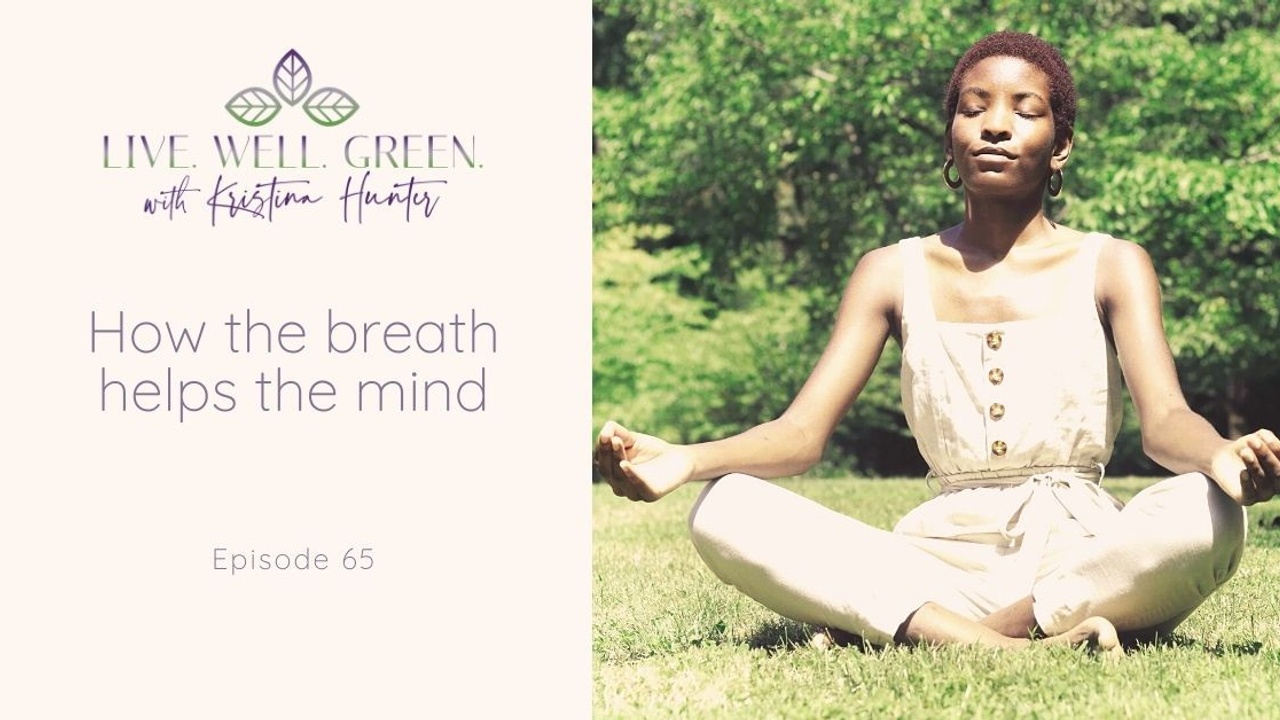Sustainable wellbeing and green living
Let's find ways to Flourish!
What is TOD and why do we love it?

When it comes to incorporating sustainability into the built environment, it is important to acknowledge one key fact: we are living in a highly interconnected and globalized world. This is reflected in the way our cities are designed, as well as the movement of people within and between cities around the world.
This widespread travel within and between cities is able to occur due to the advent of modern transportation methods such as trains, busses, subways, automobiles, and planes. Unfortunately, one particular method of transportation has significantly influenced the design of our cities…and not in a good way!
Yep, you guessed it: the automobile. Automobiles are notorious for their contribution to urban sprawl, the uncontrolled expansion of urban areas.
Thanks to urban sprawl, it has become so much harder to get places on foot or take public transportation as your main method of getting around. For example, many North American cities have been designed specifically for automobile...
Top 10 ways to care for yourself as you care for the planet

I am guessing that you have felt it too, the burden of caring for the planet and wanting to work towards a better world can be pretty tough on our souls, especially when we know the gravity of the situation that we face. Sadness and overwhelm can come easily with this territory, especially for those of us who tend to be very empathic.
We need to care for ourselves along the way to support our wellbeing - after all, we are beings of the earth, and we all know the saying, in case of an emergency, put on your own oxygen mask before assisting others. This is how you do that!
Yep, it is sometimes just that simple. breathe. It helps in the moment, both physically and mentally supporting us to slow down, find calm and be more present. Here are some simple breathing techniques to apply.
The practice of caring for ourselves in a sustainable way to produce wellbeing that extends beyond just our lives, but also into the community and the environment is what Sustainable Wellbeing is all abo...
Reduce your eco-anxiety with this technique

Mindfulness is a term that you are likely to hear and read about quite often. It has become a bit of a buzzword, but despite its recent popularity, mindfulness isn’t a new fad. It's actually a basic human ability that anyone can tap into. Essentially, mindfulness is the ability to centre oneself in the present moment and become aware of our actions without becoming overwhelmed by what’s going on around us.
Even though you may understand the basic premise of mindfulness, it can still be difficult to achieve, and actually feel the positive impacts in your daily life, especially during stressful times (like a pandemic) or when we have other life challenges. But, this is when we actually need it most.
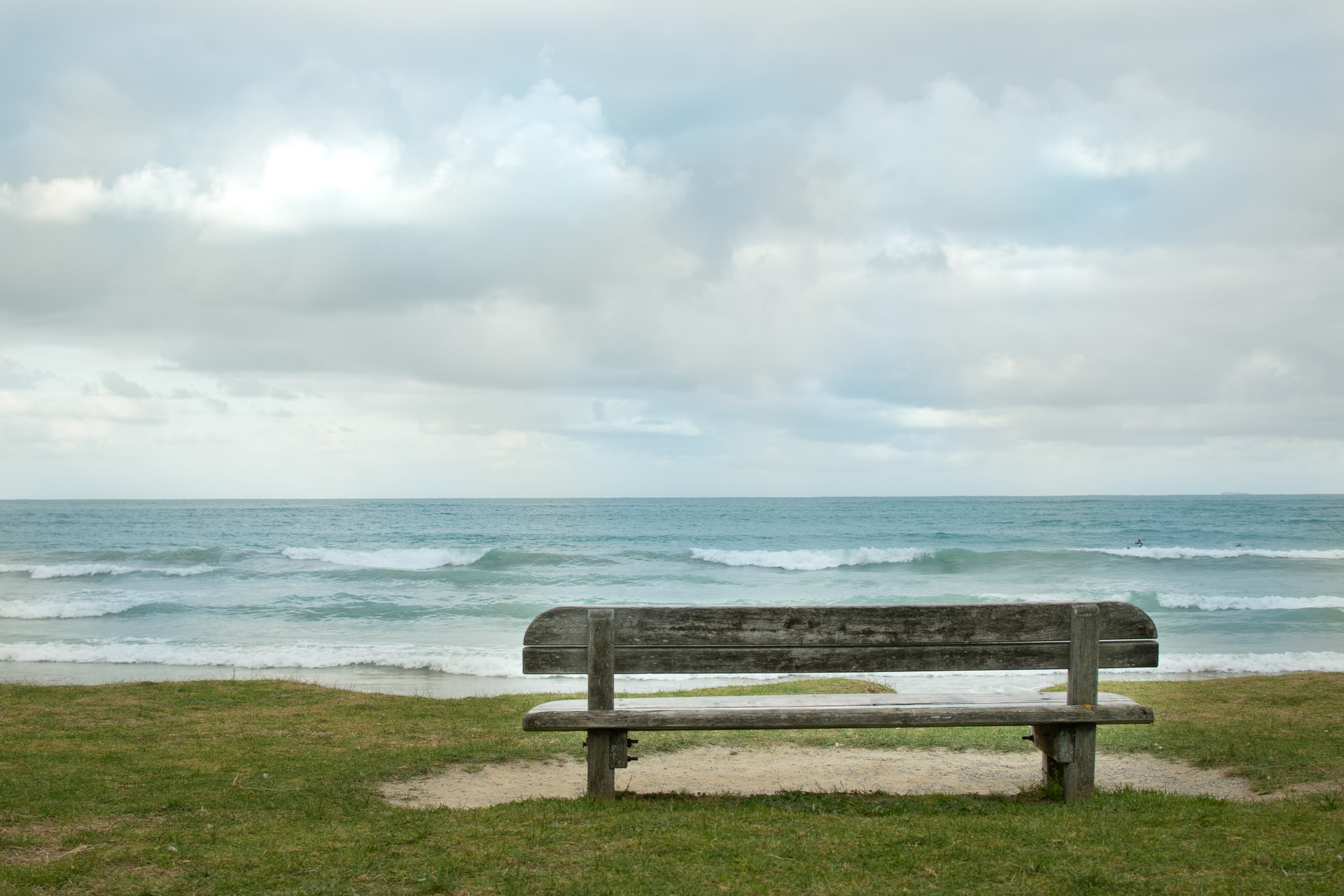
One of the ways mindfulness can help improve your life is through its ability to reduce stress. Mindfulness is being recommended for people going through a variety of especially stressful situations such as serious illness and can be used to also help us at least in part, alleviate eco-an...
What simple trick reduces air pollution and saves money? Idle-Free Zones

Most people are aware of the fact that vehicles have a negative impact on the environment through their use of fossil fuels. Fossil fuels release harmful pollutants such as carbon dioxide into the atmosphere, effectively contributing to global warming. However, what you might not know is that vehicles produce 12% more emissions when idling than they do while driving.
What exactly is idling? Idling is running your engine while your car isn’t moving. If you are a vehicle owner, then there is a good chance you have been guilty of this practice. After all, driving isn’t always an efficient method of transportation. You might often find yourself hitting every red light or getting stuck in traffic.
In fact, there are many reasons why drivers idle.
Why we idle vehicles
One of the main reasons why drivers idle has to do with weather conditions. If you live in a location that suffers from very cold winters or scorching hot summers, you’ll be familiar with the practice of warming up or cooli...
What Nature Does for our Bodies and Minds
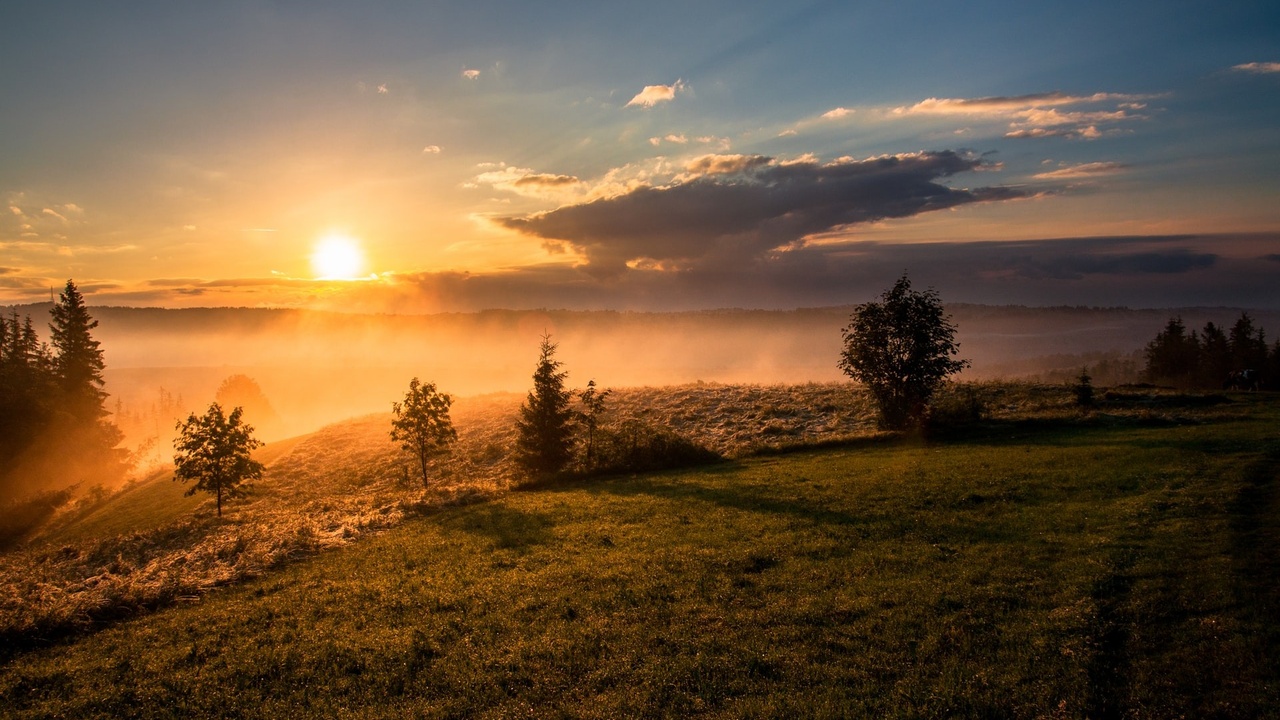
We seek out nature for many reasons – for recreation, quiet and solitude, exercise, nature views, and plenty more. But did you know that nature has measurable positive effects on our physiological and psychological wellbeing?
You may have noticed that spending time in the outdoors leaves you feeling refreshed with an improved mood. You might even find yourself seeking out nature during times when you are stressed, upset, or feeling under the weather.
The biophilia hypothesis is the idea that humans have an innate tendency to seek connections and associate with nature. The term biophilia literally translates to “love of life.” American biologist Edward O. Wilson proposed in his work Biophilia (1984) that the tendency for humans seek out life and lifelike processes is biologically ingrained.
Throughout the course of our evolution, the natural environment has been conducive to our survival and enhanced our physical, emotional, and intellectual fitness. We depended (and still do to some...
Getting the most out of your food choices

The natural world very directly impacts our physical, mental, and emotional health every single day, whether we realize it or not. And yet, it can be easy to forget about the deep connections we share with nature.
Sure, we know that clean air and clean water correlate directly with our health. But we rarely think deeper than that.
We also depend on trees, plants, and algae to produce the oxygen we breathe in and recycle the CO2 we breathe out. Carbon sinks such as wetlands and forests play an important role in mitigating the effects of pollution by drawing large amounts of carbon out of our atmosphere.
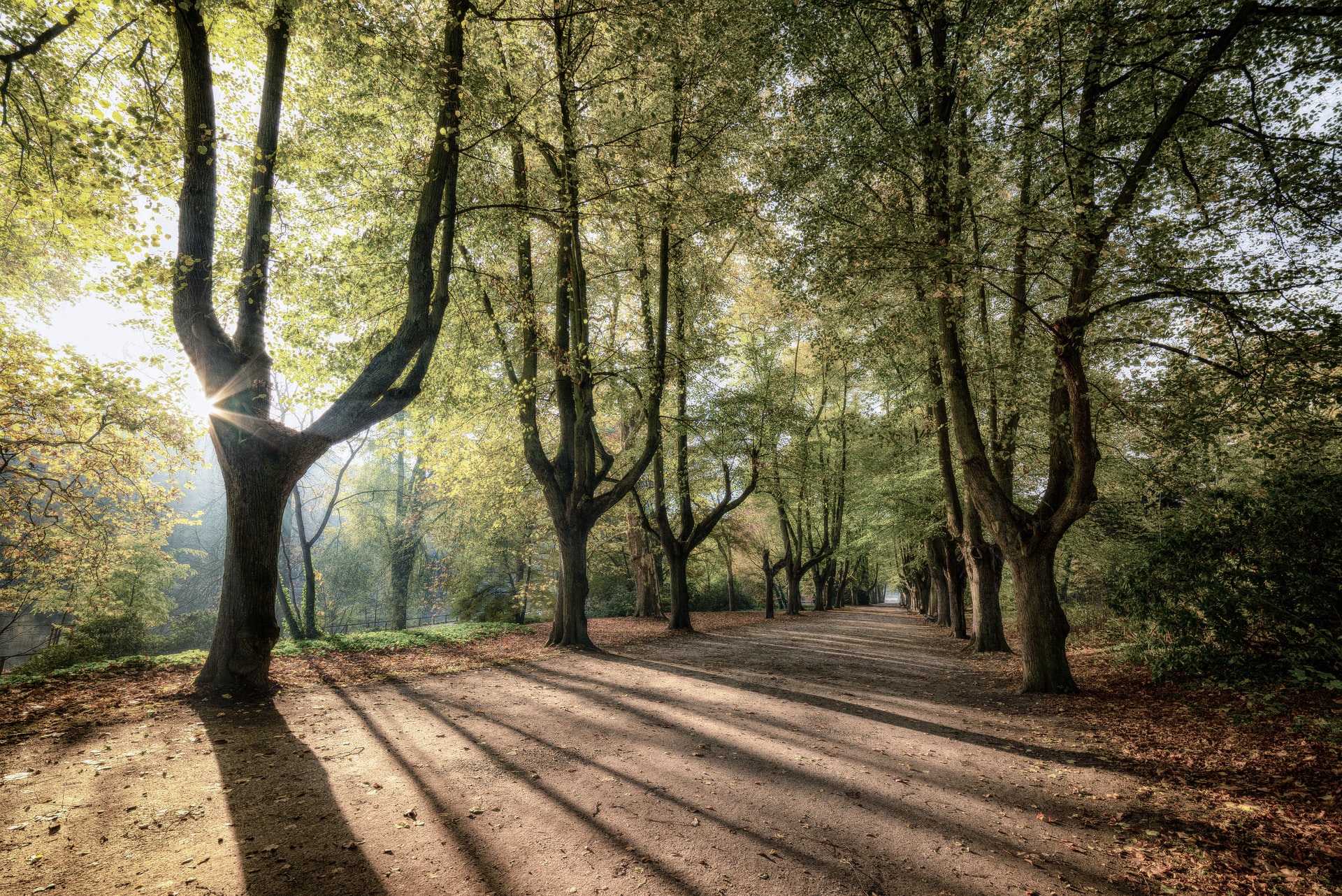
Healthy water systems do so much more than provide us with clean water. They transport nutrients, mitigate flooding, support local biodiversity, and work to remove toxins and waste from our surroundings.
These ecosystem services are of vital importance in our day-to-day lives.
Our bodies and our environment
On a much smaller scale, our relationship with our environment is reflec...
How yoga helps you relate to the natural world
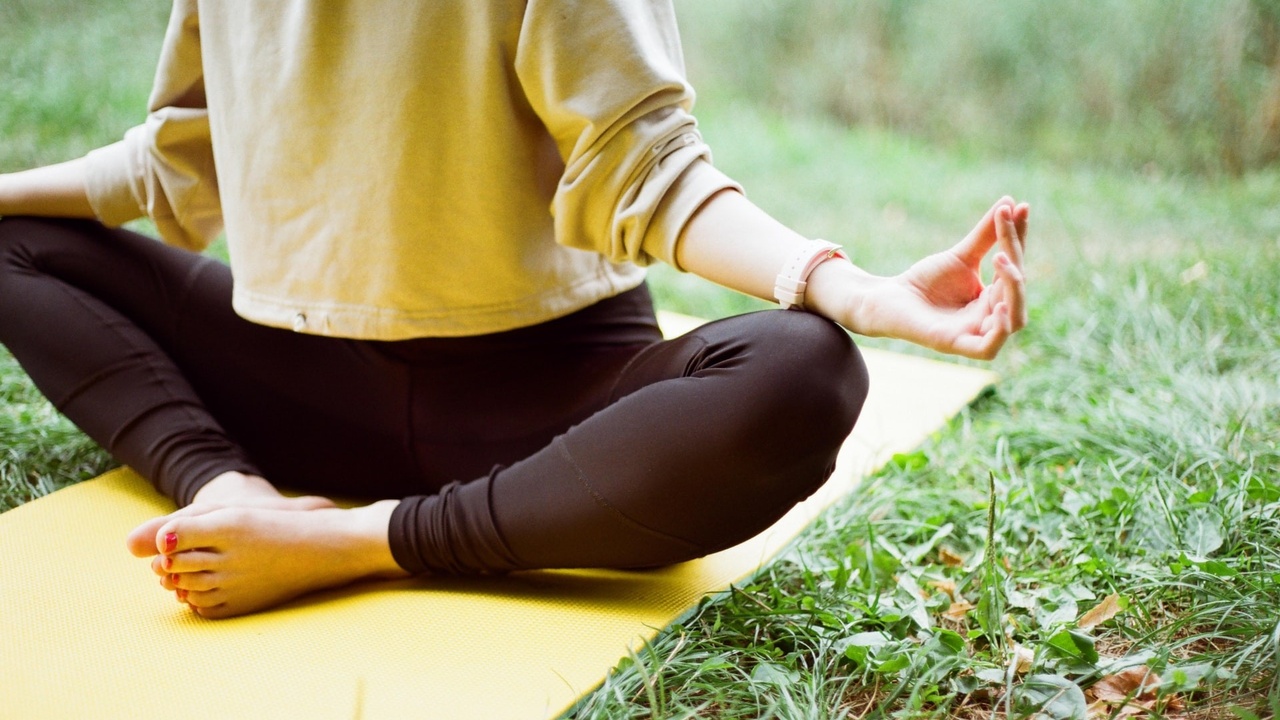
"Yoga makes you harmonious with nature and teaches you to be joyfully curious about your inner world." - Debasish Mridha
Yoga is a mind-body practice that has been around for thousands of years and continues to be a popular method of exercise and wellness today.
And good news, it is not just for the fit and flexible. There is a yoga practice for every body type and ability.
Some physical benefits of practicing yoga include increased flexibility, increased muscle tone and strength, lowered blood pressure, better posture, and improved balance.
These physical benefits are accompanied by many mental benefits as well. Yoga practices often incorporate meditation and breathing exercises in order to reduce stress, increase awareness of your body and movements, aid in sleep, and increase mental clarity.
But even beyond the physical and mental benefits, when we connect deeply with our bodies, we begin to find a new relationship to ourselves and the natural world. Our bodies are made of ...
How to enjoy seasonal whole foods with Getty Stewart
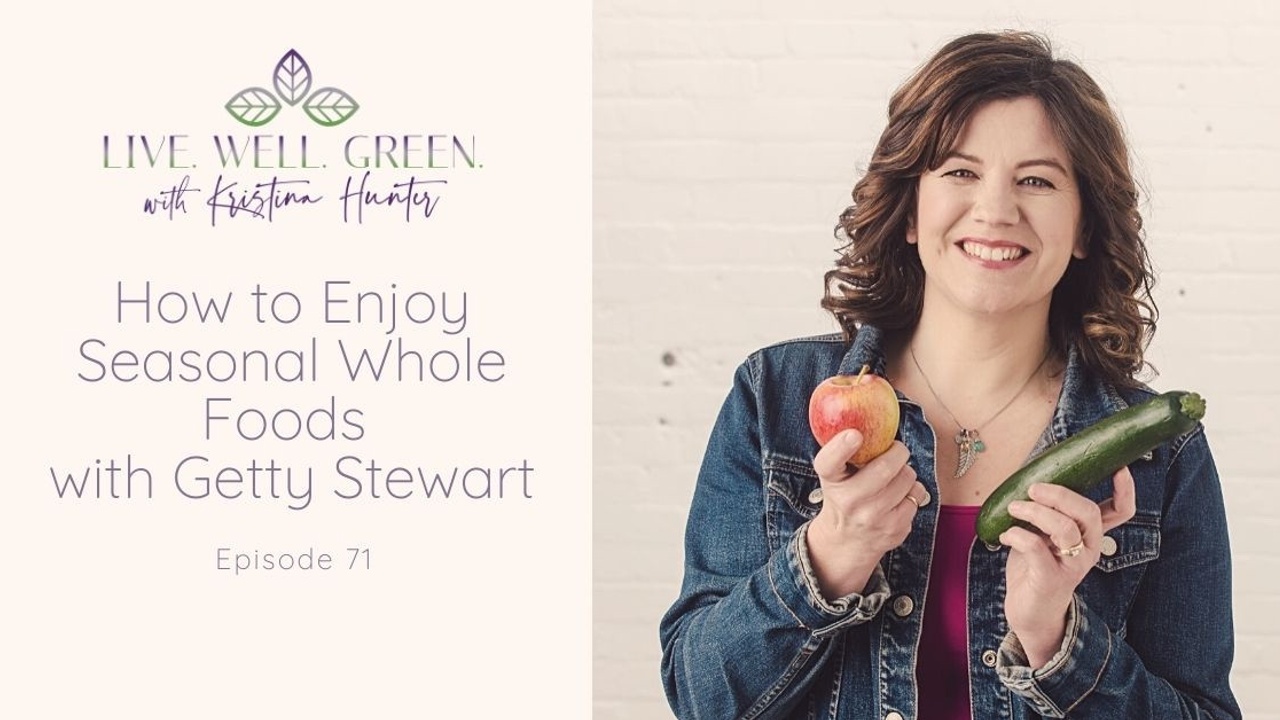
Can road design reduce carbon emissions?
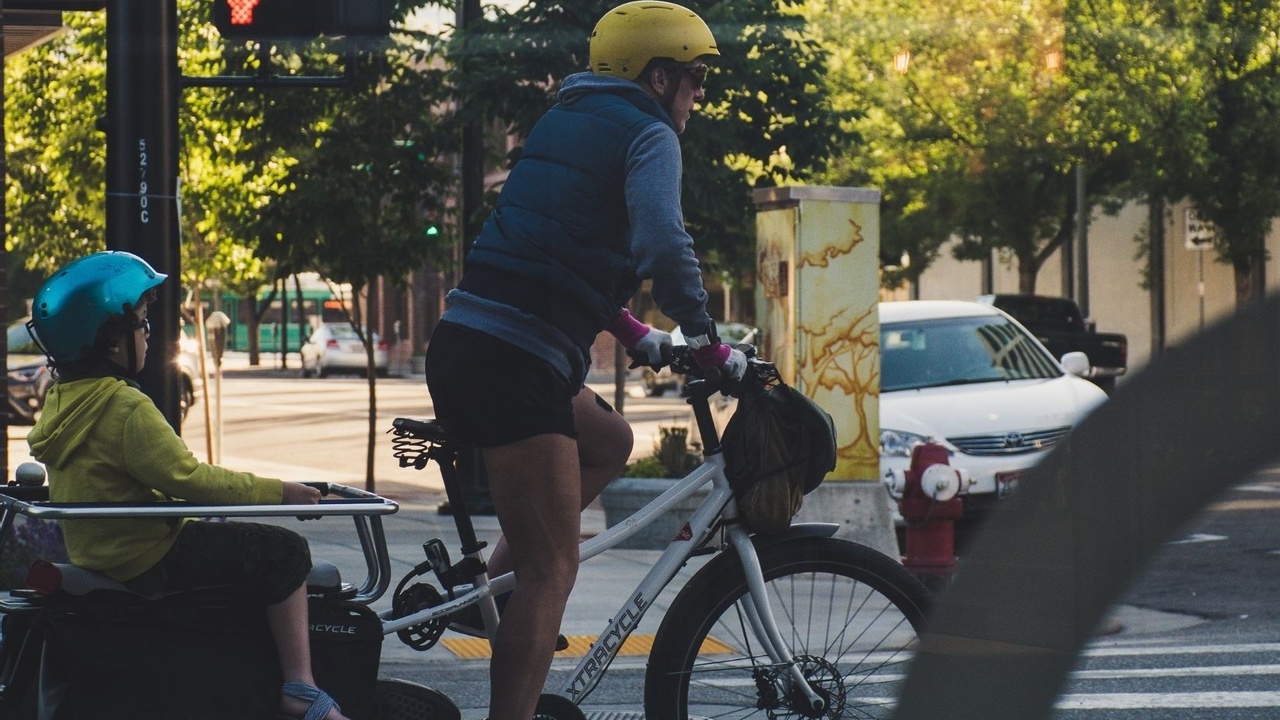
Reducing the prevalence of cars in cities is an important part of creating more sustainable cities. We know that automobiles emit harmful pollutants such as carbon dioxide and reduce walkability, so we need to ask ourselves, “what can we do to minimize their usage?”
While there are many methods of reducing automobile usage, such as the promotion of active transportation through the creation of urban walking trails, bike lanes, and the utilization of Transit Oriented Design, the reality is that vehicles will continue to be used for quite some time.
For one, they are practical when travelling long distances and can accommodate large groups of people (ie. busses). In addition, electric vehicles are gaining popularity which means that the overall environmental impact of automobiles will be reduced!
Prioritizing road safety

Photo sourced from: Streets for the People
This is why it is necessary to make our roadways as safe as possible. As long as vehicles are around, they pose a serio...



